Dance of Light
The magnificent scales of a Mirrorhead Trout are used for a variety of behavioural purposes; for example, by swimming through a series of intricate movements, adult Mirrorheads are often seen attempting to attract a mate while in their ancestral spawning grounds of shallow gravel-bed creeks found pouring into the Deep Bend.
These reflective fish have other various movements they use to communicate certain things as well, often seen on a daily basis during a Mirrorhead's adult life within the lake. Much of their day is spent to feeding or hunting their prey -- small invertebrates or crustaceans that also reside in the like. These are hunted by the Mirrorheads through what's called "hypnotic flashing"; the fish will swim in tight concentric loops, attracting the small prey towards the spiralling light and luring them into a daze, allowing for what is most often rapid and easy capture.
Should one of the fish feel they are being threatened by another, larger predator however, they'll employ an entirely different set of movements. By swimming in rapid S-curves perpendicular to the predator chasing them, it's thought that the blinking light might make the predator lose track of the Mirrorhead. This also serves the dual purpose of warning any other fellow Mirrorhead Trout of the impending danger, signalling that it's time to retreat from the area.








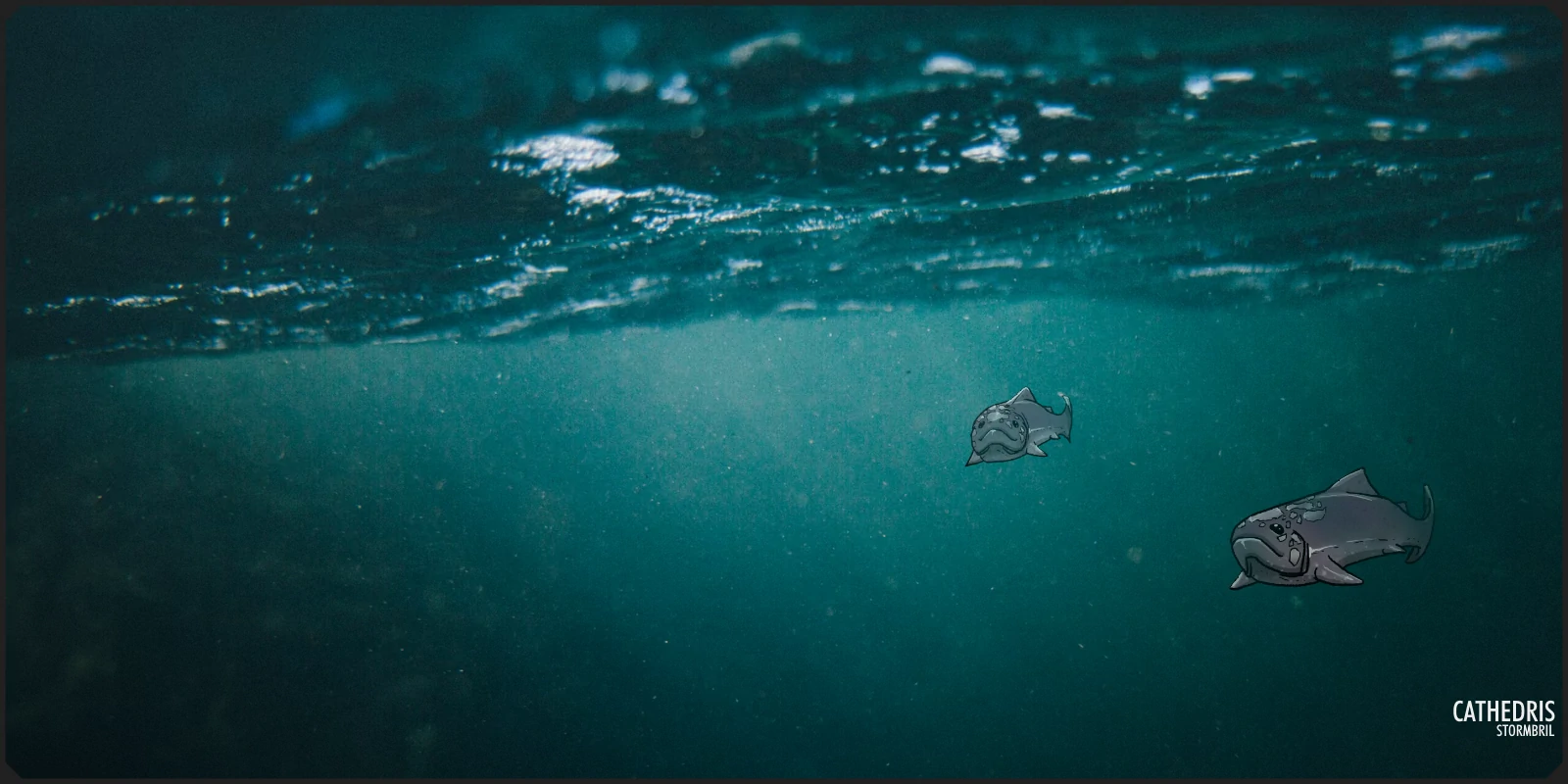
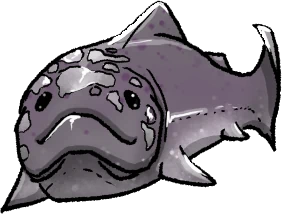
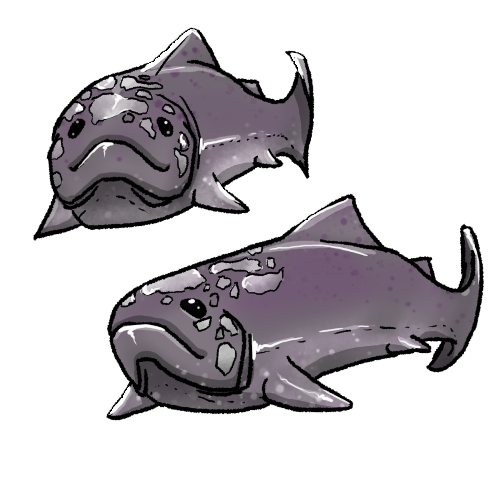



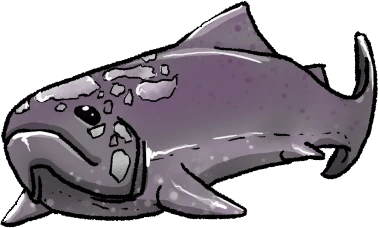
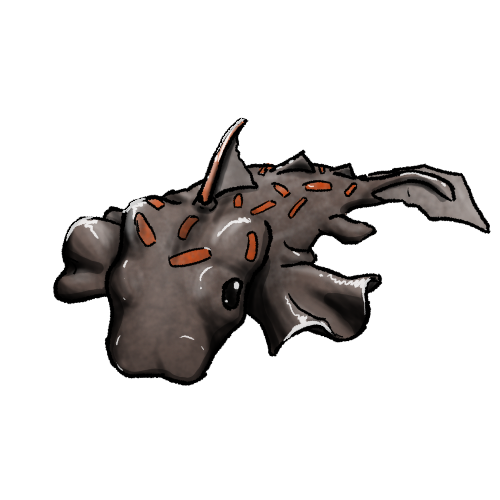





I loooove them, and the animation is so fun. I want like a billion fish articles because the way you draw fishies is so cute. <3
I really want to keep drawing and writing new fishies too, it's been really fun :D Thank you Emy <3